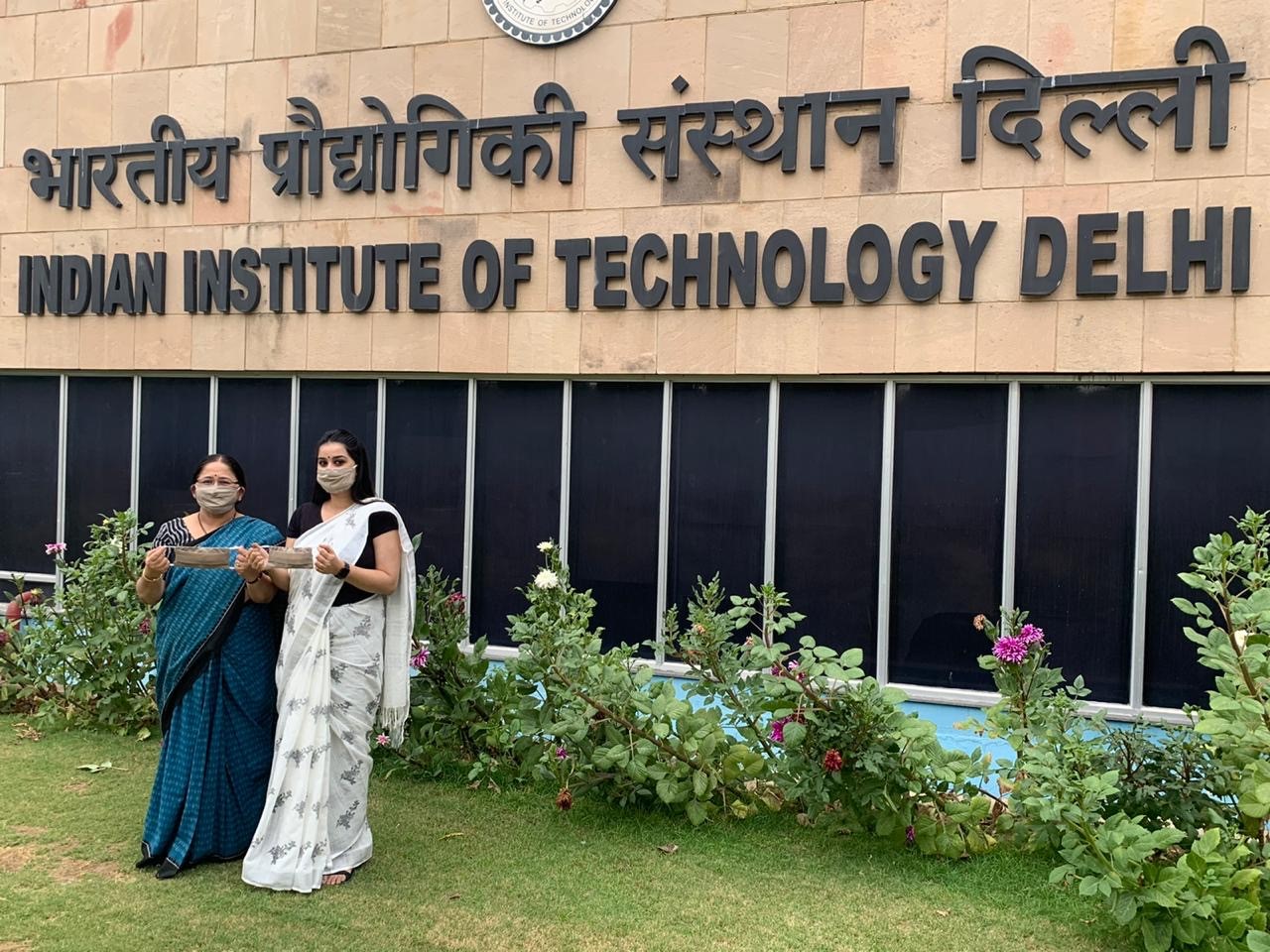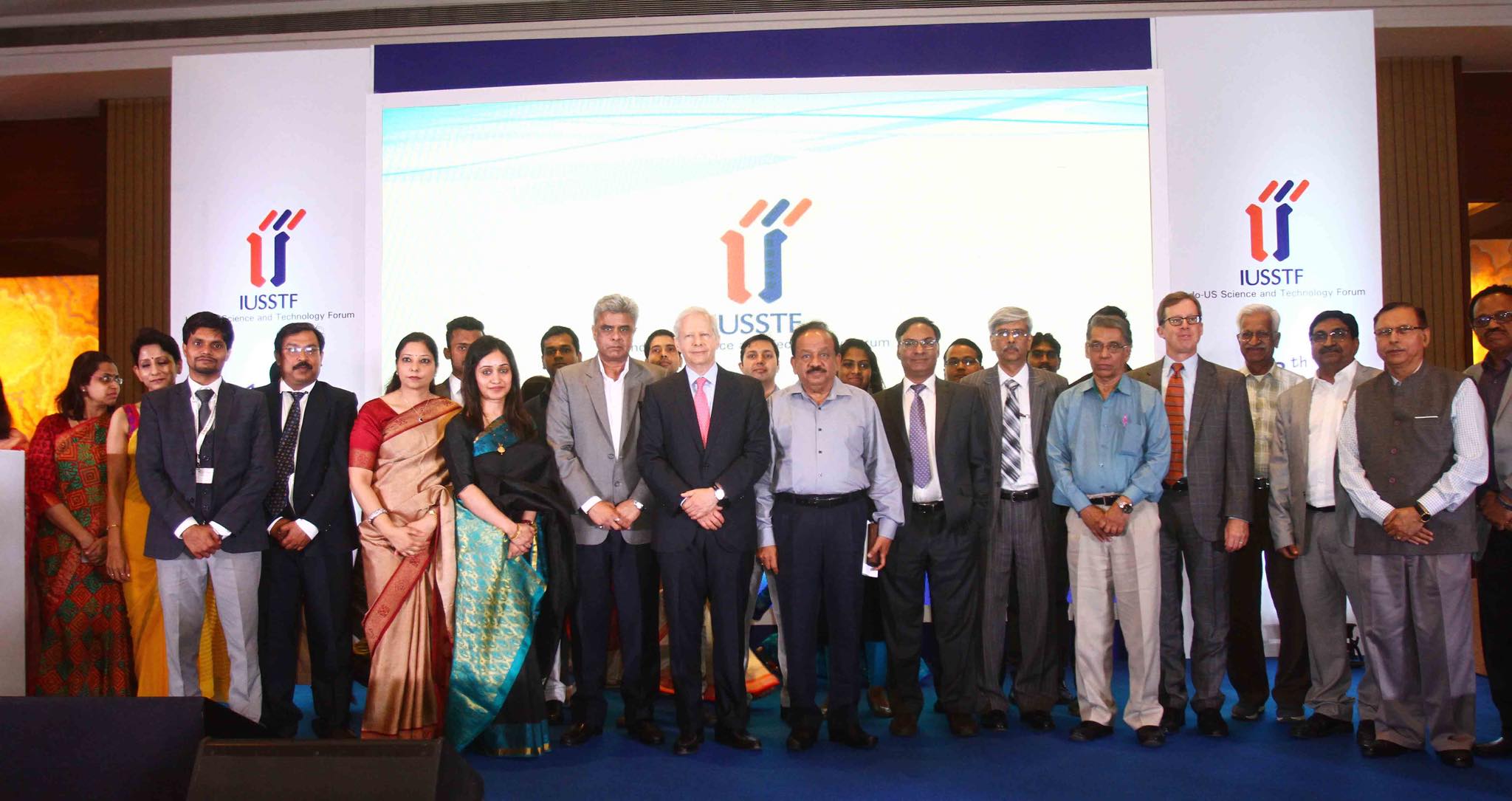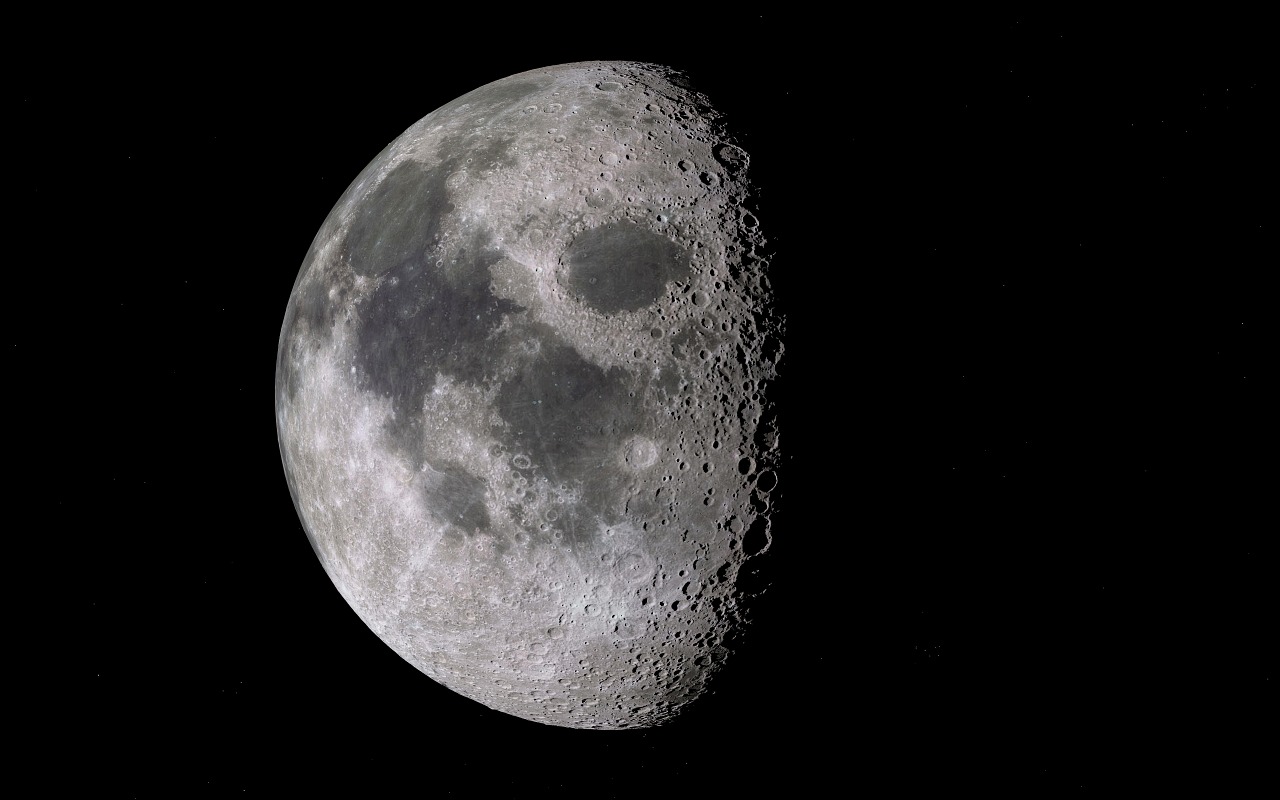
New Tool May Help Classify Craters On Planetary Surfaces
- News
- 1.3K
Researchers at Dehradun-based Indian Institute of Remote Sensing (IIRS) and Gujarat University have developed software that can help scientists classify images of craters on the moon and planetary surfaces.
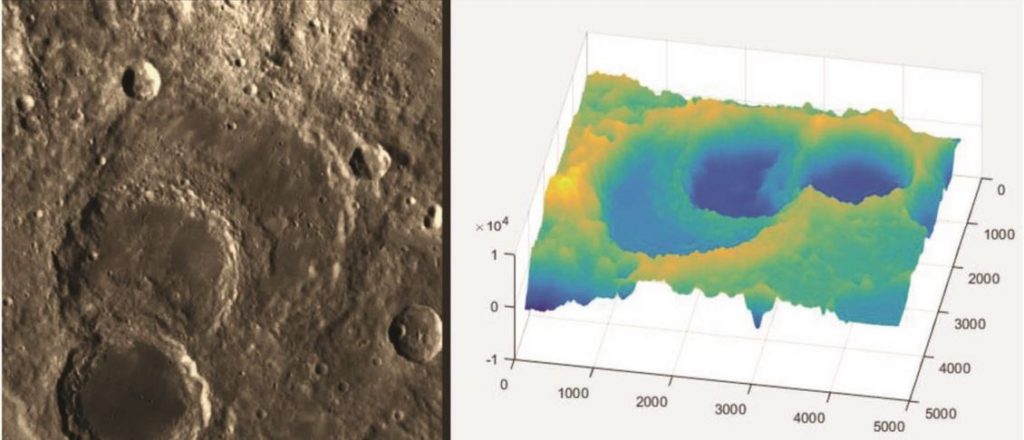
IMAGE – Image and topographic profile of Martian crater Richardson
Knowing the nature of a crater helps scientists understand the evolution of planetary surfaces. Planetary missions from different countries are continuously beaming large volumes of images and other data constantly, but available systems can only identify if an image is a crater or not. There is no reliable way to figure out the nature of craters straight away.
The new interactive software has been designed to automatically evaluate parameters from a given digital elevation model of a crater image and classify if it was a fresh crater or a degraded one or a ‘floor-fractured crater’. The algorithm has been tested on 12 craters of different types and has been found effective.
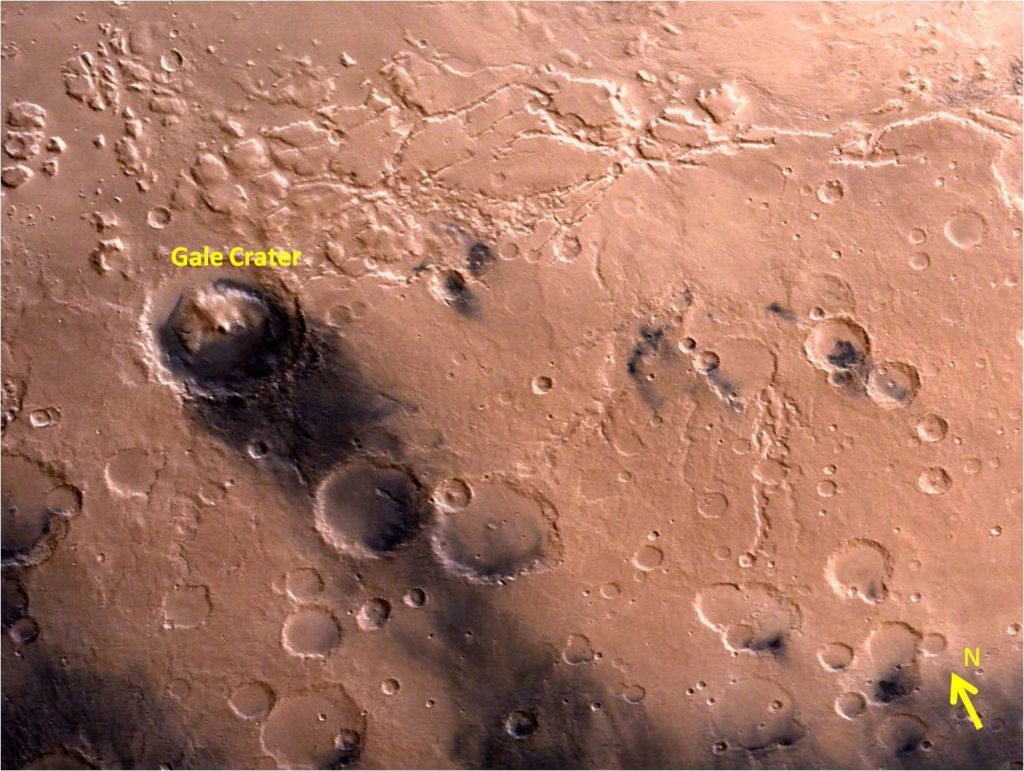
IMAGE Gale crater as seen by Mars color camera onboard Mars Orbiter Mission (Photo ISRO)
Craters differ from each other in terms of morphology, age, composition, and origin. Fresh craters are the ones created due to impacts within the last 1–2 billion years. Such craters have well-pronounced, sharp features. They are bowl-shaped, deep and have sharp rims. The degraded class comprises craters over 3 billion years old and show dull topography. The erosion process is responsible for the transformation of fresh craters into degraded ones.
Lunar craters get eroded with solar winds. They are characterized by shallow floors because the repeated ejecta spray discharged by nearby impacts and diminished rims. The floor-fractured craters are characterized by shallow plate-like floors with fractures of various depths and orientations like a radial, concentric or polygonal, and have other features like moats, ridges, pits of mare material and dark-holed pits.
Researchers across the world have over the years proposed several crater classification schemes. But, none of them involved floor-fractured craters. Moreover, the morphological descriptions used in the schemes were qualitatively resulting in subjective classification. The new system addresses both these shortcomings, according to a research study published journal Current Science.
The research team included Dr. Prakash Chauhan (IIRS); Dr. Savita Gandhi and Suchit Purohit (Gujarat University). The study was supported by the Indian Space Research Organisation (ISRO). (India Science Wire)
By Sunderarajan Padmanabhan
If you liked this article, then please subscribe to our YouTube Channel for the latest Science & Tech news. You can also find us on Twitter & Facebook.

